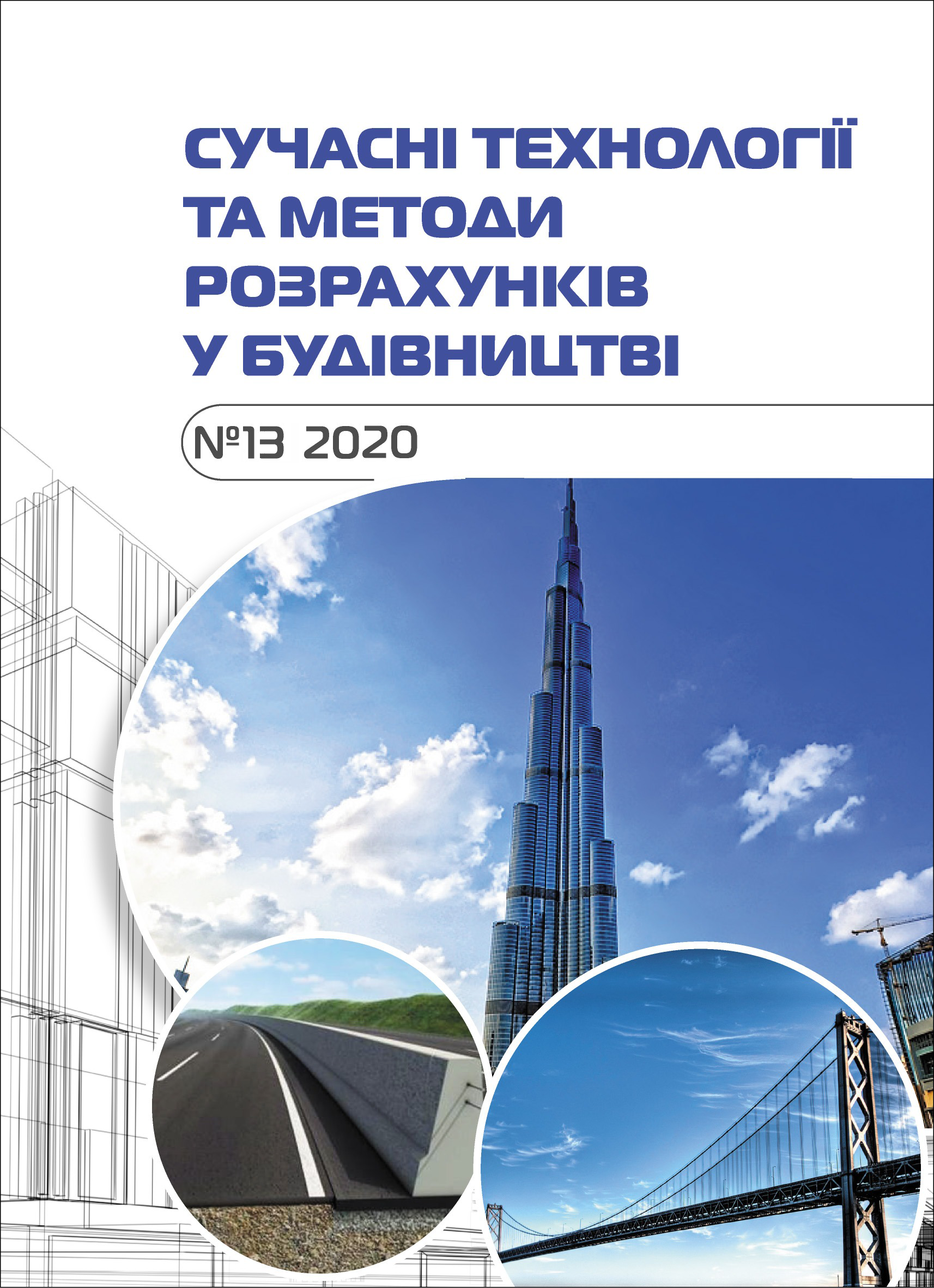Increase of adhesion of concrete with fiberglass reinforcements by using the coating with special substances, as optimization of construction industry
Abstract
The construction industry consists of many components, but the most important of them is the production and use of reinforced concrete. Recently, the use of composite concrete is increasingly observed in facilities where the use of non-metallic reinforcement is more appropriate: road, hydraulic, tunnel construction and residential and public, where there is no fire hazard. One of the disadvantages of fiberglass reinforcement is low water absorption, which can adversely affect the strength and durability of structures. There are a wide range of water-repellent materials at Ukrainian markets, but the most famous Ukrainian invention is the composition "SILOL®". It is a liquid composition, which is most often applied to the surface of road structures and for impregnation of concrete, reinforced concrete, brick to give them water-repellent properties. After processing, the materials become much more resistant to water and various solutions, frost resistance and durability. The solution penetrates to a considerable depth of 2-8 mm and turns into an elastic resin, which gives water-repellent properties of materials. As a result of covering of composite rods with this material, they got weather resistance, durability and high resistance to water and salt solutions, frost. The research was to investigate the influence of the covering of composite fiberglass reinforcing bars with the material "SILOL®" on the adhesion with a concrete. When it covers the fiberglass reinforcement and increases the length of the anchoring, the maximum stress in the rods also increases. The stress of metal rods is slightly higher than in samples with composite reinforcement, but with double coating changes the situation for fiberglass advantage. In samples with a longer anchoring length (10d and 15d), the strength of samples with double-coated composite reinforcement is higher by 1.7% and 7.3% compared to samples with metal rods.








